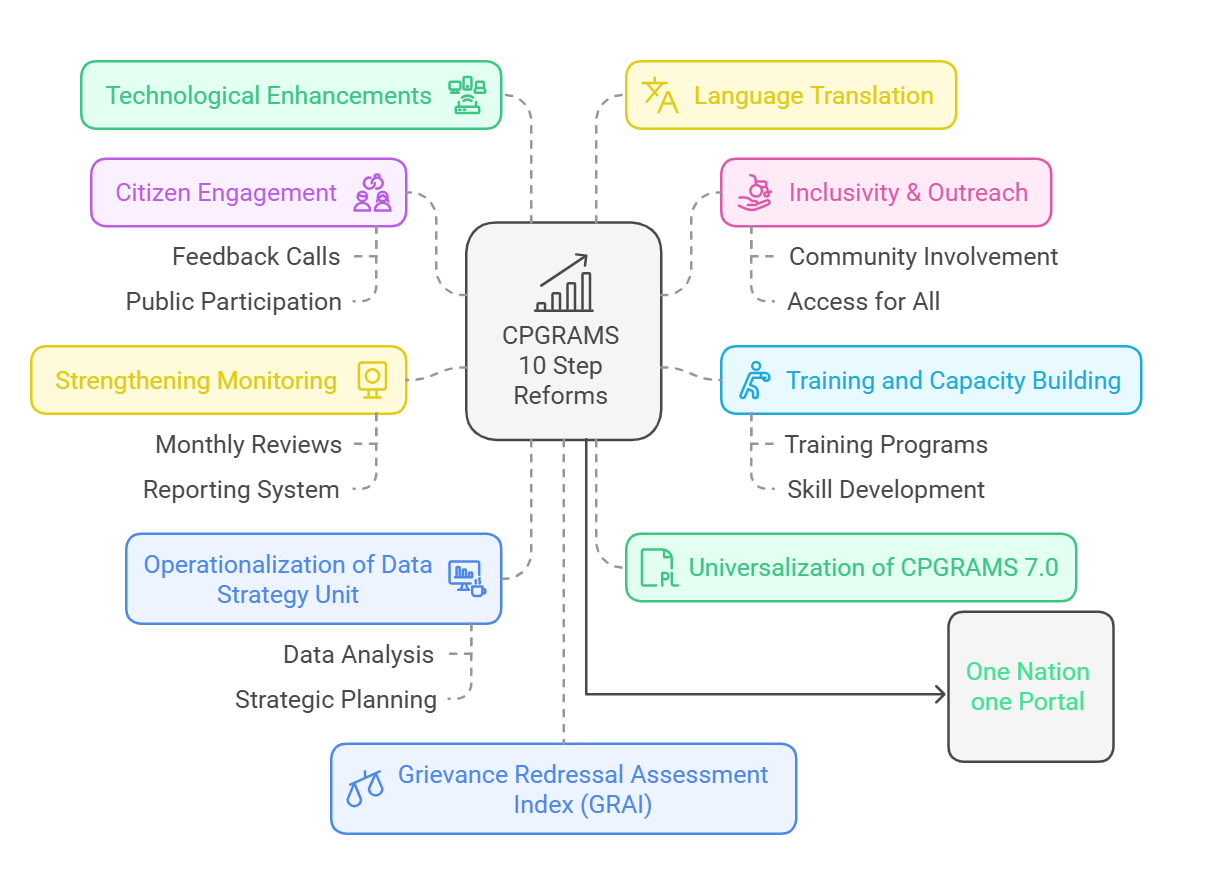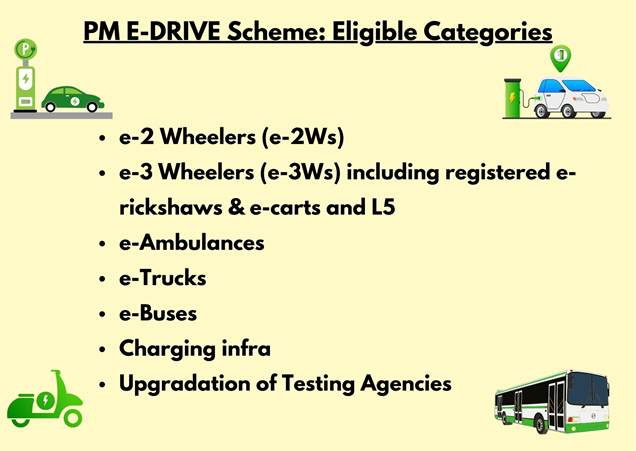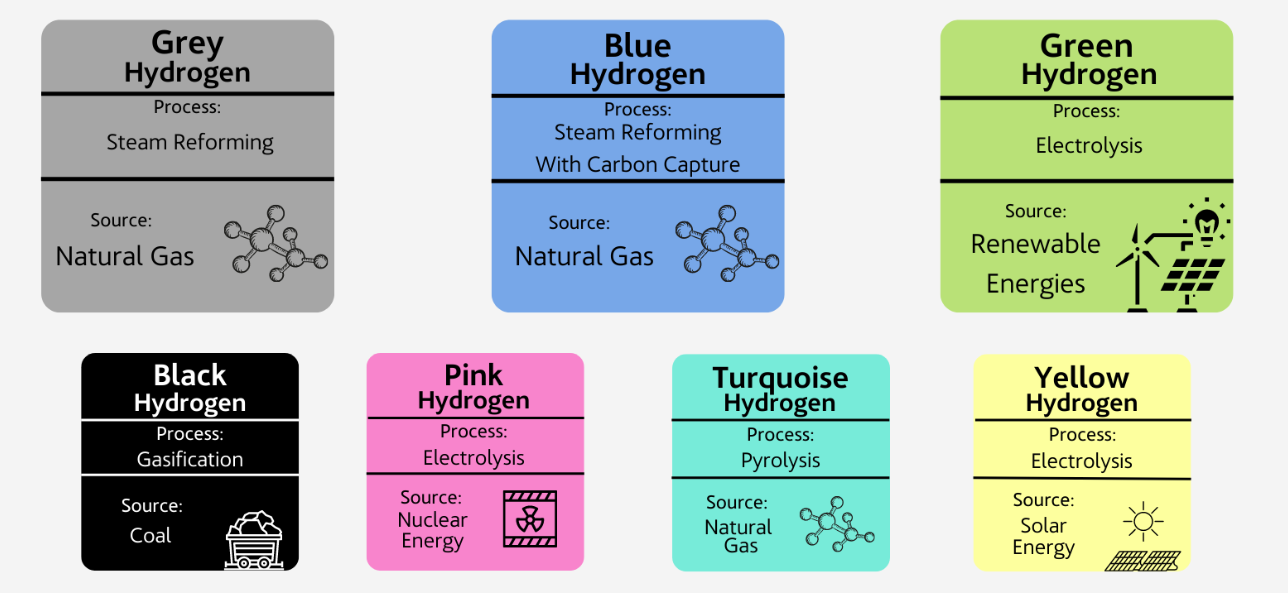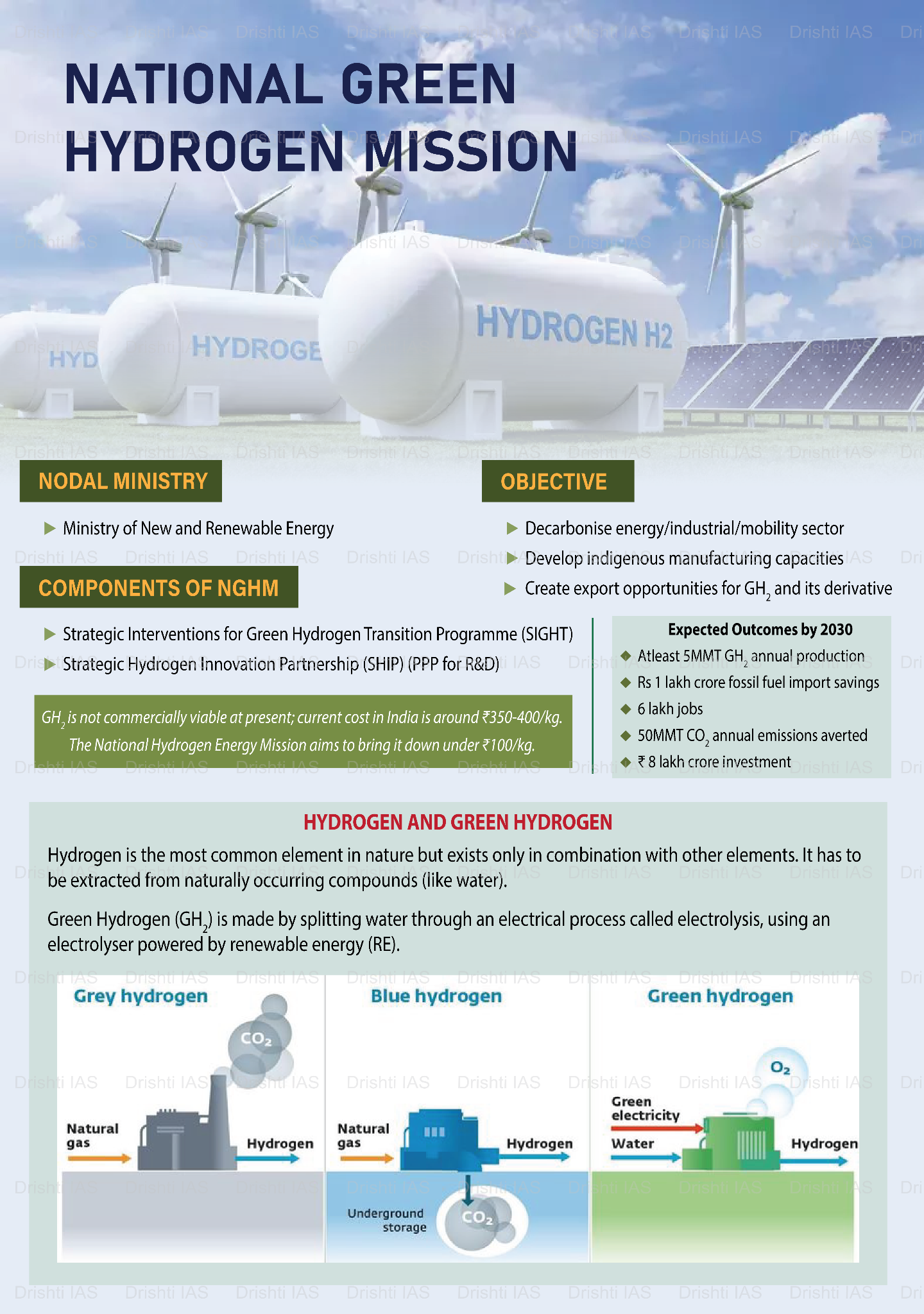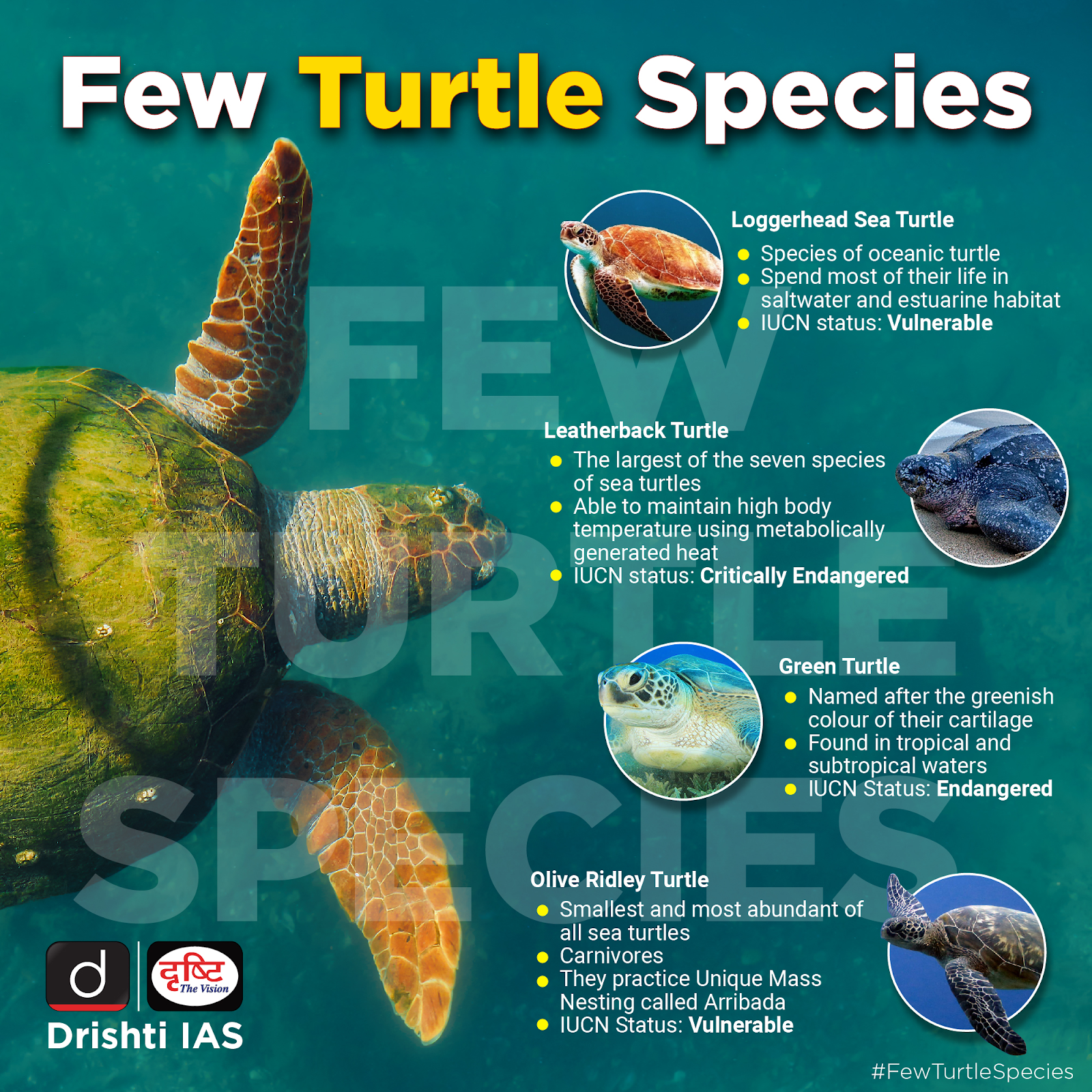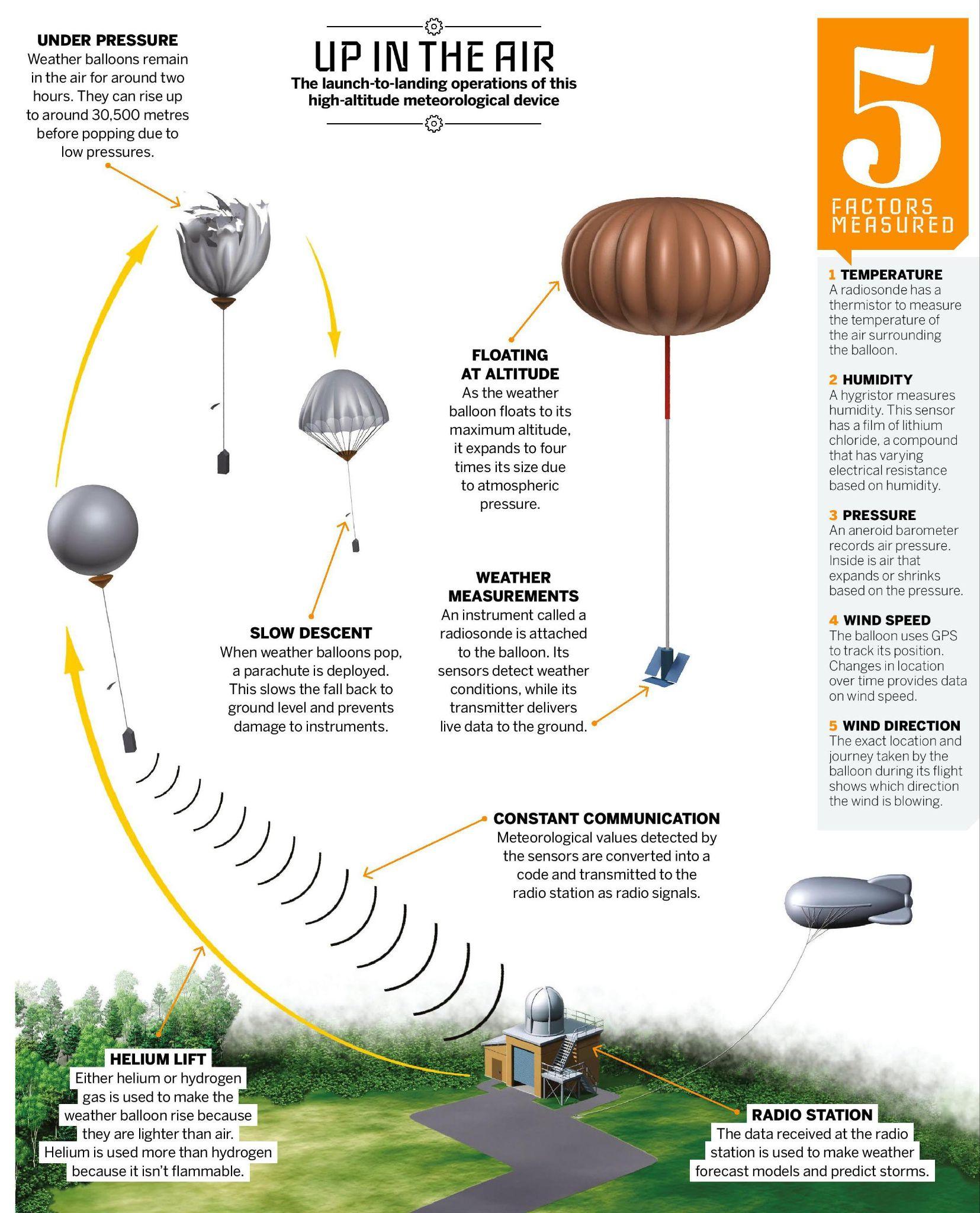SC Calls For Permanent Consumer Redressal Bodies
For Prelims: National Consumer Disputes Redressal Commission, e-commerce, Directive Principles of State Policy, Central Consumer Protection Authority,Dark Patterns
For Mains: Constitutional and Legal Framework of Consumer Protection in India, Consumer Rights Enforcement, Impact of Digital Economy and E-commerce on Consumer Rights
Why in News?
The Supreme Court (SC) of India urged the Centre to set up permanent adjudicatory bodies for consumer disputes, emphasizing that consumer rights are constitutionally protected and need a stable framework due to gaps in implementing the Consumer Protection Act, (CPA) 1986.
What is the Need for a Permanent Consumer Dispute Resolution Body?
- Judicial Endorsement of Permanency: The SC noted that temporary appointments in consumer forums lead to delays and inefficiency.
- It recommended setting up permanent bodies with full-time presiding officers and staff, possibly headed by sitting judges. This would ensure continuity, professionalism, and better justice delivery.
- Systemic Pendency and Delays: As per the National Consumer Disputes Redressal Commission (NCDRC), over 5.5 lakh cases were pending across forums as of 2023.
- Consumer Councils suffer from vacant posts, and poor digital infrastructure, resulting in delays in cases. Adequate staffing and infrastructure are essential for timely consumer redressal.
- Rise in Digital and Cross-Border Consumer Disputes: India’s e-commerce sector is projected to reach USD 200 billion by 2026, and quick commerce is expected to grow to USD 9.9 billion by 2029, with a corresponding surge in complaints related to online fraud, data privacy, service deficiencies, and cross-border consumer disputes.
- Existing consumer forums often lack technical expertise and jurisdictional clarity to tackle new challenges. A redressal body with judges and experts in modern and digital laws is essential for better consumer protection.
What are the Constitutional and Legal Foundations of Consumer Protection in India?
- Consumer’s Right: It is the right to receive accurate information about the quality, quantity, potency, purity, price, and standards of goods or services and to be protected from unfair practices.
- Constitutional Backing for Consumer Protection: Consumer protection in India is rooted in the Directive Principles of State Policy (DPSP) under Part IV of the Constitution, which provides a moral and constitutional foundation for welfare-oriented legislation.
- Article 37: It states that while DPSP are not legally enforceable, they are fundamental to governance and must guide the State in lawmaking.
- The Consumer Protection Act, 2019, and earlier versions are rooted in these principles.
- Article 47: The State shall endeavour to improve nutrition, living standards, and public health, and prohibit the consumption of harmful intoxicants except for medicinal purposes.
- Article 37: It states that while DPSP are not legally enforceable, they are fundamental to governance and must guide the State in lawmaking.
- Legislations for Protection of Consumer Rights:
- Consumer Protection Act (CPA), 1986: It was enacted to protect consumers in India and resolve disputes through Consumer Councils at national, state, and district levels. It addressed issues like adulterated products, and misleading advertisements.
- The Consumer Protection Act, 1986, grants six key rights to consumers: the Right to Safety, Right to be Informed, Right to Choose, Right to be Heard, Right to Seek Redressal, and Right to Consumer Education.
- The 1986 Act had limitations, lacking provisions for online transactions, product liability, unfair contracts, and alternative dispute resolution.
- Consumer Protection Act, 2019: It replaced the 1986 Act to address modern consumer challenges. It expanded coverage to all merchandise and enterprise transactions, added new unfair trade practices, included product liability, and regulated unfair contracts.
- The Act introduced rules for direct selling and e-commerce, mandated mediation cells at all levels, and established the Central Consumer Protection Authority (CCPA) to enforce consumer rights.
- Bureau of Indian Standards (BIS) Act, 2016: Bureau of Indian Standards (BIS), India’s national standards body, ensures product safety and quality.
- The Act mandates certification for critical products and allows product recalls and penalties for non-compliance.
- Legal Metrology Act, 2009: Ensures accuracy in weights and measurements used in commercial transactions. It promotes fair trade practices, protects consumers, and improves market transparency.
- Consumer Protection Act (CPA), 1986: It was enacted to protect consumers in India and resolve disputes through Consumer Councils at national, state, and district levels. It addressed issues like adulterated products, and misleading advertisements.
- Other Initiatives:
- DoCA: The Department of Consumer Affairs (DoCA) issued 2023 Guidelines on Dark Patterns to curb deceptive online tactics like drip pricing and false urgency.
- DoCA runs the “Jago Grahak Jago” campaign nationwide and introduced the mascot “Jagriti” to empower consumers.
- The E-Jagriti portal, launched by DoCA, is an integrated AI-powered platform streamlining consumer case filing, monitoring, and virtual hearings across all consumer commissions.
- E-Dakhil Portal allows online consumer complaint filing.
- National Consumer Helpline (NCH): Handles consumer complaints in 17 languages via toll-free number 1915.
- National Consumer Day: India celebrates National Consumer Day on 24th December, commemorating the CPA, 1986.
- GRAI: The Grievance Redressal Assessment Index (GRAI), evaluates central ministries based on efficiency, feedback, domain, and commitment using Centralized Public Grievance Redressal and Management System (CPGRAMS) data for standardized grievance handling analysis.
- DoCA: The Department of Consumer Affairs (DoCA) issued 2023 Guidelines on Dark Patterns to curb deceptive online tactics like drip pricing and false urgency.
Consumer Rights Under CPA, 1986
|
Consumer Right |
Meaning |
|
Right to Safety |
It ensures protection against hazardous goods and services. |
|
Right to be Informed |
Consumers must get accurate product details to avoid unfair trade and pressure selling. |
|
Right to Choose |
It ensures access to quality goods at fair prices, especially in competitive markets with diverse choices. |
|
Right to be Heard |
It ensures that consumer interests are considered in appropriate forums. |
|
Right to Seek Redressal |
It ensures the consumers to report issues and get help from consumer bodies. |
|
Right to Consumer Education |
It is the right to lifelong consumer education, crucial to reduce exploitation, especially in rural areas. |
What are the Challenges and Suggested Measures for Consumer Protection in India?
|
Challenge |
Suggested Measures |
|
India has low consumer awareness of rights and redressal mechanisms, limiting consumers’ ability to seek justice and effectively exercise their rights. |
Implement widespread consumer education campaigns like Jago Grahak Jago and integrate consumer rights into school curricula. Simplify complaint filing by reducing paperwork and formalities to boost consumer activism. |
|
Inconsistent enforcement of product liability provisions leads to difficulty in holding manufacturers accountable for defective products. |
Train judicial officers to establish clear enforcement guidelines and build the capacity of prosecuting officers under the Mission Karmayogi. |
|
Multiplicity of grievance redressal platforms (e.g., public distribution systems, consumer rights) across states, combined with uneven implementation of consumer laws in urban and rural areas, leaves rural consumers with less access to redressal and greater vulnerability. |
Expand services to rural areas by integrating Online Dispute Resolution (ODR) for e-commerce and fintech grievances, and establish grievance cells in panchayat offices to support illiterate populations. |
|
Limited resources for consumer protection agencies hinders effective law enforcement and creates protection gaps. |
Increase funding, hire staff, and improve infrastructure by establishing a permanent, independent consumer grievance redressal body as recommended by the 2nd Administrative Reforms Commission. |
|
Lack of effective consumer redressal mechanisms, including alternative dispute resolution (ADR) options, overburdens courts and delays justice delivery. |
Promote ADR before litigation; the Dr. T.K. Viswanathan Committee (2024) recommends strengthening arbitration with reduced court intervention and a cost-effective, time-bound framework. |
Conclusion
A robust and permanent consumer redressal mechanism is vital to uphold constitutionally backed consumer rights. It will address systemic delays, digital-era challenges, and ensure timely, expert-led justice. Strengthening infrastructure, awareness, and enforcement is key to real consumer empowerment.
|
Drishti Mains Question: Discuss the constitutional foundations of consumer protection in India and analyze the significance of the Supreme Court’s recommendation for permanent consumer dispute resolution bodies. |
UPSC Civil Services Examination Previous Year Question
Prelims
Q.1 With reference to ‘consumers’ rights/privileges under the provisions of law in India, which of the following statements is/are correct ? (2012)
- Consumers are empowered to take samples for food testing.
- When a consumer files a complaint in any consumer forum, no fee is required to be paid.
- In case of death of consumer, his/her legal heir can file a complaint in the consumer forum on his/ her behalf.
Select the correct answer using the codes given below:
(a) 1 only
(b) 2 and 3 only
(c) 1 and 3 only
(d) 1, 2 and 3
Ans: c
PM E-DRIVE Scheme
Why in News?
In a major step toward sustainable clean urban mobility, the Ministry of Heavy Industries (MHI) will deploy electric buses under the PM Electric Drive Revolution in Innovative Vehicle Enhancement (PM E-DRIVE) Scheme, with a focus on major cities like Bengaluru, Hyderabad, Delhi, and Ahmedabad.
What is the PM E-DRIVE Scheme?
- About: The PM E-DRIVE is a flagship scheme approved by Cabinet with Rs. 10,900 crore outlay; effective from October 2024, to March 2026.
- The primary objective of this initiative is to accelerate the adoption of electric vehicles (EVs) across various categories, build robust EV charging infrastructure, and develop a strong domestic EV manufacturing ecosystem aligned with the vision of Aatmanirbhar Bharat.
- PM E-DRIVE Scheme builds on earlier programs like Faster Adoption and Manufacturing of Hybrid and Electric Vehicles in India (FAME-I) (2015), FAME-II (2019) to accelerate adoption of electric two- and three-wheelers.
- Key Components:
- Target beneficiaries: Commercial and private electric two-wheelers and three-wheelers with advanced batteries, e-ambulances, e-trucks with scrapping certificates, and electric buses for public transport.
- Demand incentives: The PM E-DRIVE Scheme offers demand incentives on EVs capped at 15% of the ex-factory price or a fixed per-vehicle limit, whichever is lower.
- Only EVs priced below a specified threshold are eligible.
- Charging Infrastructure Development: The scheme aims to set up 72,300 public fast chargers in key cities and select highways to boost EV adoption.
- Bharat Heavy Electricals Ltd (BHEL), a public sector unit under the MHI, will develop a digital “Super App” for EV users to book slots, make payments, and check charger availability.
- Testing Agencies Upgradation: The scheme allocates Rs 780 crore to upgrade testing agencies under MHI with advanced technologies to support green mobility.
- Eligibility: Only EVs with advanced batteries qualify for incentives. Government-purchased EVs are excluded to prevent internal fund transfers.
- Vehicles must be registered under Central Motor Vehicles Rules (CMVR), 1989.
- e-2Ws and e-3Ws must be manufactured and registered within scheme validity (Oct 2024 – Mar 2026).
- Surge in Sale of e-vehicles: The MHI is driving electric vehicle adoption to support India's net-zero 2070 goal. Under schemes like Electric Mobility Promotion Scheme (EMPS) and PM E-DRIVE, e-2W sales surged to around 5.7 lakh units in 2024-25.
UPSC Civil Services Examination, Previous Year Questions (PYQs)
Mains:
Q. How is efficient and affordable urban mass transport key to the rapid economic development in India? (2019)
World Hydrogen Summit 2025
Why in News?
At the World Hydrogen Summit 2025 in Rotterdam, Netherlands, the Ministry of New & Renewable Energy outlined India’s initiatives to emerge as a global hub for green hydrogen production.
What is Green Hydrogen (GH2)?
- About: Green hydrogen is produced by splitting water into hydrogen (H₂) and oxygen (O₂) through electrolysis powered by renewable energy sources like solar power, or via biomass gasification.
- Applications: Its use include fuel cell electric vehicles (FCEVs), industrial uses such as fertilizers and refineries sector, and transportation sectors like road and rail.
- Other Types of Hydrogen:
What are India’s Initiatives to Promote Green Hydrogen?
- National Green Hydrogen Mission: National Green Hydrogen Mission is India’s flagship policy to scale up green hydrogen, with a target of establishing 5 million tonnes of annual green hydrogen production capacity by 2030.
- Phase I of the mission spans from 2022-23 to 2025-26, followed by Phase II from 2026-27 to 2029-30.
- Green Hydrogen Certification Scheme (GHCI): GHCI is an initiative to certify green hydrogen production, ensuring transparency and market credibility while promoting India’s green hydrogen market.
- It will be verified by the Bureau of Energy Efficiency (BEE) Accredited Carbon Verification (ACV) Agency to ensure compliance.
- Environmental Clearance Exemptions: Green Hydrogen and Green Ammonia plants are exempt from mandatory Environmental Clearance, reducing delays and easing project implementation.
- Green Hydrogen Hubs: Ministry of Ports, Shipping and Waterways (MoPSW) has identified three major ports—Kandla, Paradip, and Tuticorin—to be developed as Green Hydrogen hubs.
- International Collaboration: India has partnerships with Japan, Australia, and the UAE for technology transfer and investment for green hydrogen production.
Hydrogen
- Hydrogen is the lightest and most abundant element in the universe. It is a colorless, odorless, and highly flammable gas at room temperature.
- Need of Hydrogen-based Fuel: They are crucial for India’s energy independence (reduces reliance on fossil fuel imports), offering a stable, local energy source from renewables.
- Production from waste biomass also creates additional income for farmers and local communities.
UPSC Civil Services Examination, Previous Year Question (PYQ)
Prelims
Q. Which of the following is the exhaust pipe emission from Fuel Cell Electric Vehicles, powered by hydrogen? (2024)
(a) Hydrogen peroxide
(b) Hydronium
(c) Oxygen
(d) Water vapour
Ans: (d)
Q. Hydrogen fuel cell vehicles produce one of the following as “exhaust” (2010)
(a) NH3
(b) CH4
(c) H2O
(d) H2O2
Ans: (c)
World Turtle Day 2025
World Turtle Day is observed annually on 23rd May to highlight the importance of conserving turtles and tortoises.
- The day was established in 2000 to raise awareness and promote conservation of turtles and tortoises globally.
What are the Key Facts Related to Turtles?
- About: Turtles (Order Testudines) are reptiles distinguished by a cartilaginous shell developed from their ribs, forming a protective shield.
- Unlike other animals with shells, turtles cannot shed or exit their shell, as it is an integral part of their skeleton.
- Habitat: Turtles can live in both freshwater and marine (sea) environments.
- Different From Tortoise: Tortoises differ from other turtles primarily by being strictly terrestrial, while many turtle species are partially aquatic.
- Although all tortoises are turtles, not all turtles are tortoises.
- Both are generally shy, solitary animals that lay eggs on land by burying them in nests.
- Key Features: Turtles are cold-blooded (ectothermic) species, i.e they can regulate their body temperature by moving between warmer and cooler environments.
- Like other ectotherms such as insects, fish, and amphibians, they exhibit slow metabolism and can survive extended periods without food or water.
- Key Species:
- Sea Turtles: Loggerhead Turtle, Green Turtle, Hawksbill Turtle, Leatherback Turtle, Olive Ridley Turtle, and Flatback Turtle.
- Freshwater Turtles: Snapping Turtle, Painted Turtle, Red-eared sliderTurtle, Spiny Softshell Turtle and Musk Turtle etc.
What is the State of Turtle Species in India?
- Species in India: India is home to 30 species of freshwater turtles, 26 of which are listed under Schedule I of the Wildlife Protection Act, 1972.
- Assam, West Bengal & Uttar Pradesh have high turtle diversity.
- India also hosts 5 sea turtle species: Olive Ridley, Green, Loggerhead, Hawksbill, and Leatherback. All of which are protected under Schedule I of the Wildlife Protection Act, 1972.
- Protection Status (as per the IUCN Red List):
- Olive Ridley, Loggerhead, and Leatherback: Vulnerable
- Green Turtle: Endangered
- Hawksbill Turtle: Critically Endangered
- Threats: Turtles face severe threats from habitat destruction, climate change, plastic pollution, and illegal wildlife trade for meat, pets, and traditional medicine, with Uttar Pradesh and West Bengal being major trafficking hotspots.
- Conservation Efforts: UP leads in conserving turtles by establishing turtle conservation centres in Kukrail (Lucknow), Sarnath (Varanasi), Chambal (Etawah), and a 30 km Turtle Sanctuary in Prayagraj.
- The Forest Department actively curbs illegal trade, especially in Pilibhit, a major trafficking hotspot identified in WCCB’s Operation Kurma.
- To enhance efforts, a Turtle Conservation and Research Centre is being set up in Pilibhit Tiger Reserve along River Mala, funded by CAMPA.
| Read More: Olive Ridley Turtles in India, Illicit Trade of Tortoises and Hard-Shell Turtles |
UPSC Civil Services Examination, Previous Year Questions (PYQs)
Prelims
Q. Which one of the following is the national aquatic animal of India? (2015)
(a) Saltwater crocodile
(b) Olive ridley turtle
(c) Gangetic dolphin
(d) Gharial
Ans: C
Q. Consider the following statements: (2019)
- Some species of turtles are herbivores.
- Some species of fish are herbivores.
- Some species of marine mammals are herbivores.
- Some species of snakes are viviparous.
Which of the statements given above are correct?
(a) 1 and 3 only
(b) 2, 3 and 4 only
(c) 2 and 4 only
(d) 1, 2, 3 and 4
Ans: (d)
Sagar Mein Samman Initiative
The Government of India launched the Sagar Mein Samman (SMS) initiative during the International Day for Women in Maritime, to train more women as seafarers, and to power India’s goal of a Global Maritime Powerhouse.
- The International Day for Women in Maritime, observed annually on 18th May by the International Maritime Organisation’s (IMO), promotes gender balance and inclusive growth in the maritime sector.
- Theme 2025: "An Ocean of Opportunities for Women."
Sagar Mein Samman:
- About: It aims to build a gender-equitable maritime workforce by promoting women's inclusion, safety, skill development, leadership, and equal opportunities across maritime operations.
- It is aligned with the IMO mission for gender inclusion and broader vision of the UN SDG-5 (gender equality).
- It is also aligned with India's Diversity, Equity, and Inclusion (DEI) agenda and Maritime India Vision 2030,, it covers planning, training, research, governance, and outreach.
- Impact & Targets: India witnessed a 649% rise in women seafarers, from 341 in 2014 to 2,557 in 2024, and nearly 3,000 women received financial assistance.
- The initiative sets a target of 12% female representation in technical maritime roles by 2030.
India’s Key Initiatives in India’s Maritime Sector:
| Read More: Developments in India’s Maritime Sector |
KVIC’s Honey Mission
The Khadi and Village Industries Commission (KVIC) celebrated World Bee Day 2025 with the theme “Bee inspired by nature to nourish us all,” highlighting the transformative impact of the Honey Mission.
- World Bee Day: Observed on 20th May, World Bee Day was established by the UN in 2018, to raise awareness of the critical role of bees and pollinators in maintaining ecosystem and human health.
- Honey Mission: The Honey Mission, launched by KVIC in 2017-18 under the Ministry of Micro,Small & Medium Enterprises, promotes beekeeping to generate self-employment in rural and remote areas.
- Beneficiaries receive bee boxes, colonies, toolkits, and training. As of 2025 KVIC has distributed over 2.29 lakh bee boxes, leading to the production of 20,000 metric tonnes of honey and generating Rs 325 crore income for beekeepers. In FY 2024-25, honey exports under KVIC touched Rs 25 crore.
- Other Initiatives to Boost Beekeeping: The Scheme of Fund for Regeneration of Traditional Industries (SFURTI) and the National Beekeeping & Honey Mission (NBHM) support traditional beekeepers by forming clusters and providing training and modern machinery for sustainable employment.
- NBHM aims to achieve the goal of ‘Sweet Revolution’ as part of Atmanirbhar Bharat Abhiyaan.
| Read more: KVIC’s Honey Mission |
Weather Balloons
The US has reduced its weather balloon launches following budget cuts by the administration, causing concerns globally among meteorologists about the impact on weather forecasting accuracy.
Weather Balloons:
- About: Léon Teisserenc de Bort, a French meteorologist, pioneered weather balloon use in 1896 and discovered the tropopause and stratosphere.
- Weather balloons are large latex balloons filled with helium or hydrogen, used by meteorologists to study the upper atmosphere (above 5,000 feet).
- Modern weather balloons can rise up to 1,15,000 feet (35 km) in about 2 hours.
- Key Components: They carry a radiosonde, a small battery-powered radio-transmitter suspended about 66 feet below, which collects and transmits real-time data on temperature, pressure, humidity, and wind to ground stations via radio signals.
- High-tech radiosondes are lighter, more energy-efficient, and use Global Positioning System (GPS) for accurate tracking and wind measurement, though they are still launched using weather balloons.
- Significance: Helps fill the gap between surface observations and satellite data, offering detailed vertical profiles of the atmosphere essential for accurate weather prediction.
- India’s Scenario: The National Balloon Facility (NBF), Hyderabad, was established in the 1960s as a collaborative initiative between the Tata Institute of Fundamental Research (TIFR) and the ISRO to enable high-altitude scientific balloon launches for atmospheric and space research.
- The India Meteorological Department (IMD) and over 900 global weather stations launch balloons twice daily to maintain forecasting accuracy.
| Read More: Weather Monitoring by IMD, Surveillance Balloon |

